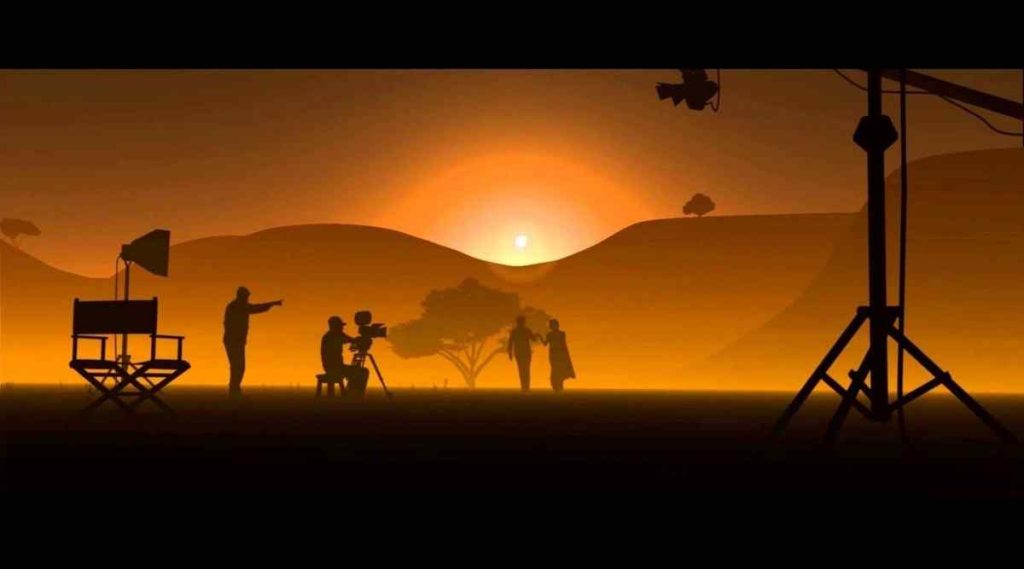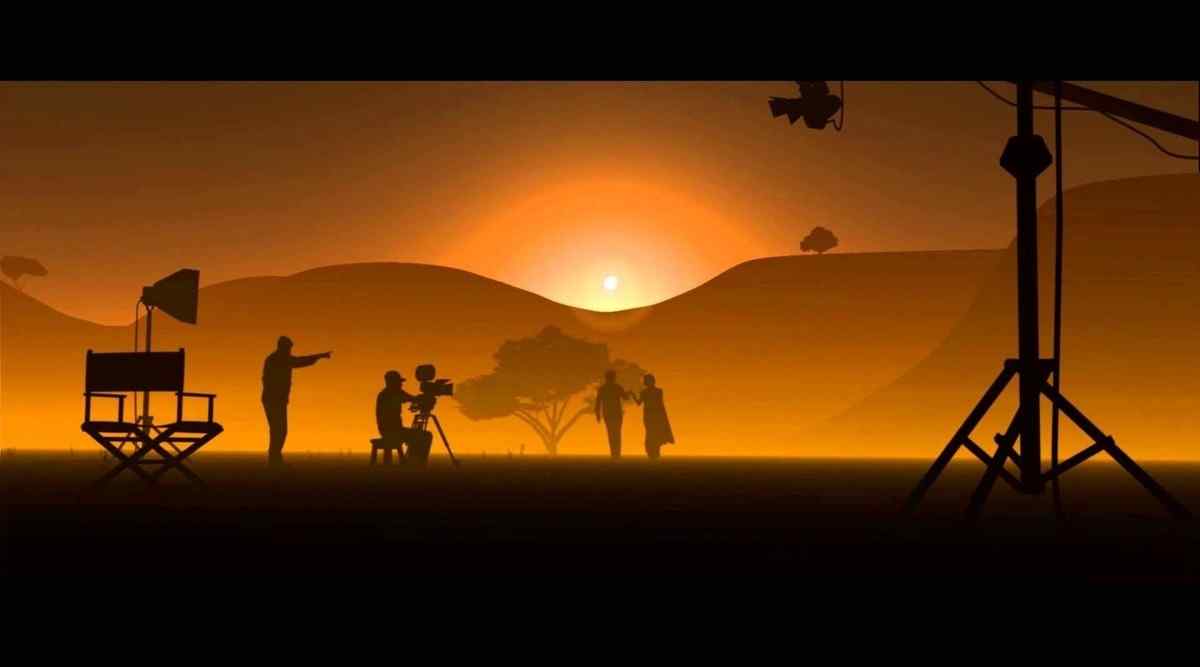
From the intriguing world of rap music to the audacious realm of porn conventions, Chris Tellefsen’s editing journey has spanned a vast array of subjects. Interestingly, Chris, without attending film school, transitioned from being an art student to becoming a sought-after film editor. His impressive portfolio boasts a mix of films like Whit Stillman’s “Metropolitan”, Larry Clark’s “Kids”, Robert Benton’s “The Human Stain”, and M. Night Shyamalan’s “The Village”, to name a few.
In the midst of his work on James Foley’s “Perfect Stranger” and preparing for subsequent projects with Robert Benton, we had the opportunity to chat with Tellefsen about his ongoing ventures, his footprint in the indie film world, and his perspective on the mantra, “less is always more”.
Jennifer Wood (MM): Chris, it’s evident you’ve been deeply involved in this industry for over two decades. Could you shed some light on your inception into film editing?
Chris Tellefsen (CT): Indeed, my journey has been a winding one. Instead of film school, I immersed myself in art at The Cooper Union back in ’79. My passion for movies was insatiable; I was a regular at art houses showing all kinds of films. Bob Breer’s experimental film classes in my senior years were transformative. I found myself creating collage films, experimenting with diverse footages, and truly appreciating the magic of merging two film pieces. That was when I realized my calling.
My early professional years were about navigating the film industry without a compass. From art departments to industrial film editing, I learned the ropes. It was during the ’80s, when I landed a job with RAI, Italian TV in New York, that I had a chance to edit quirky documentary snippets on topics that Europeans found fascinating about America. After that stint, I was keen to explore feature films. My break came in a rather unexpected manner: on a low-budget project that went south, leading to an opportunity for me to step in as the editor. This experience, coupled with subsequent projects and mentorships, carved my path into the industry.
MM: Was there a film that initially ignited your fascination for editing?
CT: Growing up in West Orange, New Jersey, the 4:30 movie on Channel 7 was a ritual. I observed how films changed when compressed into shorter formats. I was drawn to diverse cinematic styles, from British dramas of the early ’60s to the editing prowess of Richard Lester’s films. The French New Wave, Hollywood classics, and countless others added to my rich tapestry of influences.
MM: Your body of work, ranging from “Metropolitan” to “Capote”, is incredibly varied. What do you see as the common thread?
CT: While my personal touch inevitably seeps into each project, my ultimate aim is to ensure a film’s essence is fully captured. My role as an editor is multifaceted – interpreting scripts, blending the director’s vision, and amalgamating elements to craft a unified narrative. I constantly strive to harness everything I’ve learned and loved to breathe life into a story.
MM: What usually draws you to a project?
CT: A compelling script, a fresh perspective, and impactful casting are paramount. The synergy of a committed team deeply invested in a film often results in masterpieces.
MM: Do you ever take up projects that offer something you haven’t explored before?
CT: Absolutely. I relish challenges and variety. For instance, editing “Kids” and “Blue in the Face” concurrently presented contrasting styles, but each was rewarding in its own right.
MM: Over time, you’ve collaborated with several directors on numerous projects. How crucial is it to develop such enduring relationships?
CT: While consistent collaborations can be enriching, the dynamism from a fresh partnership can also yield remarkable outcomes.
MM: You’ve been instrumental in the indie film movement. How do you perceive the evolution of the film industry?
CT: Today’s “independent film movement” has morphed from its roots. Studios nowadays are wary of unpredictability. The trend seems to lean towards smaller, quality-driven films that leave an indelible mark.
MM: Years from now, reflecting on your career, what would you want to resonate?
CT: I hope to look back knowing I judiciously employed my skills on timeless pieces, distinguishing them from the transient ones.
MM: Lastly, what’s next on your plate?
CT: I’m currently engrossed in editing “Perfect Stranger”, a tantalizing thriller. Post this, I’m looking forward to collaborating with the brilliant Robert Benton on two literary adaptations.
